The Unobvious Beauty of The Musée d’Orsay
My husband sees beauty where others do not, and for that, I’m grateful.
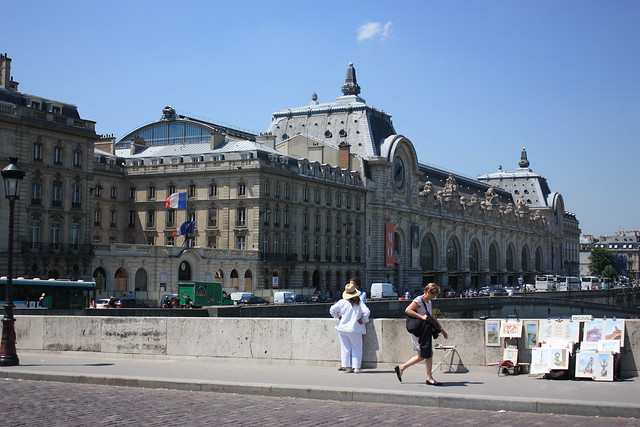
The d’Orsay often plays second fiddle to the Louvre. And it shouldn’t.
–
When something is aesthetically pleasing but too obvious, too easily attained, he tends to ignore it. While the world touts some new supermodel or starlet as the new standard of sexiness and perfection, my husband quietly notes that he really likes Maggie Gyllenhaal, and confesses to having had a thing for Helen Hunt.
This tendency to seek out unconventional beauty informs every aspect of his life. I see it in the photos he takes, how he sees poetry in the things that most of us would overlook.
 –
–
And lucky for me. Were he inclined to more traditional versions of pretty, I doubt we’d have gotten together. But Rand is able to see me, scars and dented skull and all, and find beauty there as well.
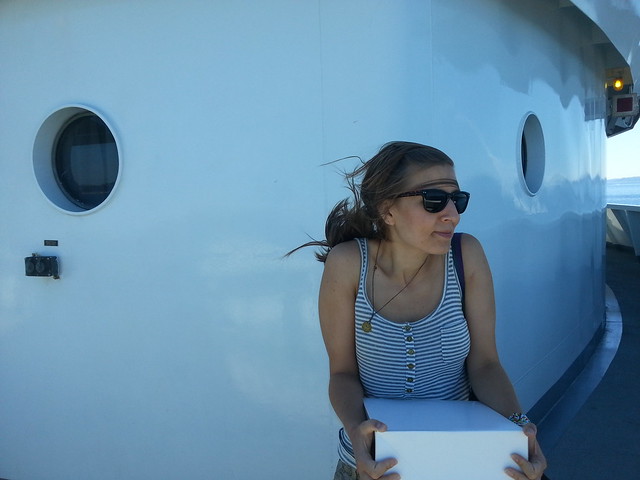
So I wasn’t really surprised when, upon realizing he’d only have time to visit one museum in Paris, Rand chose the Musée d’Orsay over the Louvre. He wasn’t interested in seeing the Mona Lisa, he explained, and besides, everyone went to the Louvre.
Its beauty is too obvious, I guess. So I saved the Louvre for the next day, when I roamed Paris alone, and took my beloved to the d’Orsay.
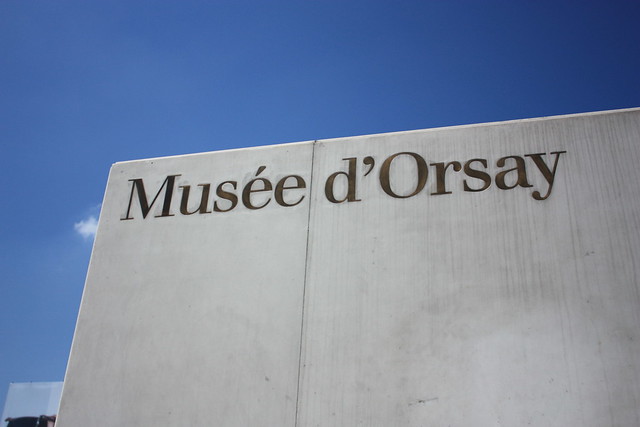
It’s lovely on the outside, sure, but so much of Paris is, that it would be easy to overlook the museum. To never get passed its facade to see the inside of it, which is nothing short of spectacular.
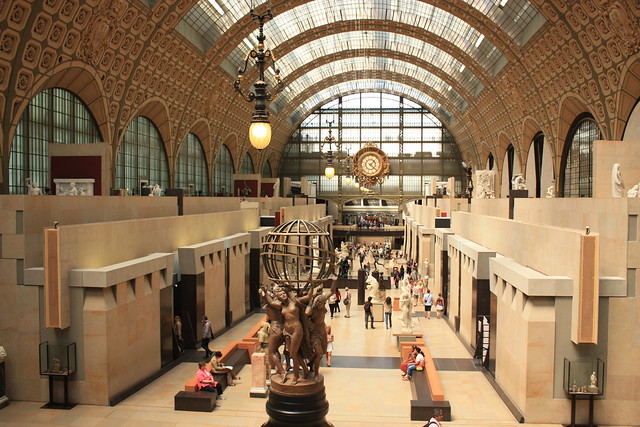

Even the restaurant inside is stunning.
–
The significance of this is not lost on me.
I’m fairly sure you aren’t supposed to write about art, any more than you should try painting a novel. But I’m going to make a somewhat pitiful attempt to do so. Because there was so much to see at the d’Orsay – floors and floors of things. And walking through it, I felt like I had a little glimpse of how Rand sees the world.
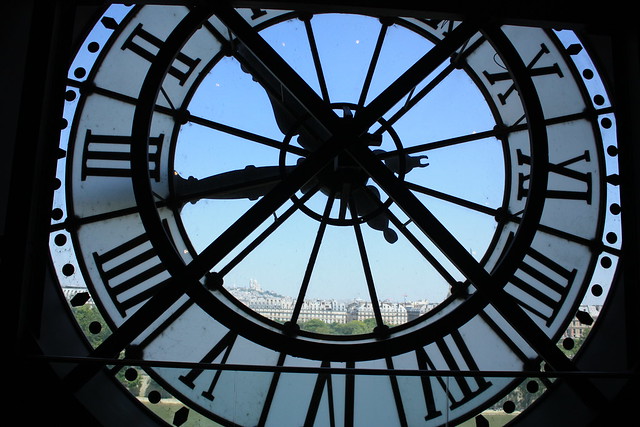
–
Yes, there were Van Goghs. And they were lovely. We saw the Portrait of Dr. Paul Gachet, with the faraway and sorrowful look in his eyes. A self-portrait that I’d seen many times before in art books and reproductions. I’m fairly sure I missed Van Gogh’s Bedroom in Arles, which is a shame, because it’s one of my favorites.
Or perhaps I did see it, but had no time to reflect, to connect with the piece (a phenomenon of good art which has always amazed me – inanimate though it is, we can have a conversation with it. We can develop a relationship with it, can fall in love or hate it instantly. That seems to rarely happen outside our interactions with living things. Maybe that’s the whole point: good art is alive). There was a swarming crowd in front of every piece by Van Gogh, and Rand dismissed the entire scene with a wave of his hand.
If everyone could see the beauty of it, he was immediately disinterested. And so we stared at the neglected (by comparison, at least) works of Henry Toulouse-Lautrec, each one so real and grey-skinned (and somewhat sickly looking) that I’ve come to believe that’s how people looked in France during his time. That they sat around in delicate chiffon and appeared as if they might die of consumption at any moment. The narratives of his work were so clear that it felt like they had been written out in words, and …
Holy crap. I guess you can paint a novel.
We walked and walked, Rand going straight for what he loved, while I lingered over every piece, whether I liked it or not. It was a perfect allegory for our lives: he seeks out beauty while I dwell on everything, even that which fails to bring me joy.
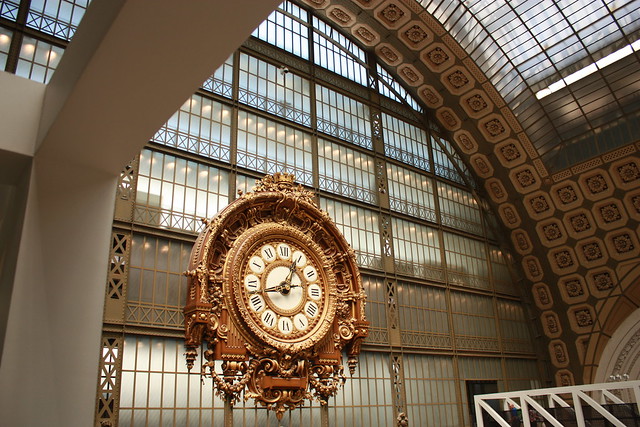
I really ought to learn to devote my time to other things.
–
There were paintings that screamed France to me – Monets and Seurats and Renoirs. There were works that I had long wanted to see in person, and now that I finally had, it was like finding lost fragments of a puzzle. Renoir’s City Dance and Country Dance might well have been corner pieces, finally put into place.
And I’d catch Rand’s gaze from across the room, patting my hand over my sternum – a gesture that I often use to wordlessly tell him, “My stupid heart is aflutter over all this.” To which he smiled.
We were near the end of our visit, and I had a moment where I thought, deep in the recesses of my brain, “It would be nice to see Little Dancer, Aged 14.”
This sounds more obscure than it is. It’s a cast metal sculpture by Degas, and there are 28 of them around the world. The first time I saw one I was a teenager myself. And it was the first time that a work really moved me, and I stood there like an idiot gaping at her for far, far too long. Ever since then, whenever I’ve encountered an iteration of her, it’s like seeing an old friend. Wherever I am in the world, she makes me feel less lost.
And just as I began to chide myself for being too demanding, to request one specific work amongst all these treasures, I rounded a corner and saw her.
“Baby,” I hissed at Rand, and he smiled knowingly and nodded. He’s met all my friends before.
That was enough for me. I couldn’t ask any more of the d’Orsay, and I told Rand as much: I was ready to leave. We were in the middle of a gallery, and Rand suggested we walk to the end of it before heading out.
And so we did, crossing under a wide doorway and spotting Whistler’s Mother, hanging rather nonchalantly, on the side wall.
I looked at my husband, my mouth half hanging open. Another lost puzzle piece, found and put into place. I’d have missed it, would have turned and left the museum, never knowing that it hung just a few feet from me.
This act, too, says so much about Rand. Let’s walk through the rest of the gallery, let’s continue down this path, let’s see this through to the end.
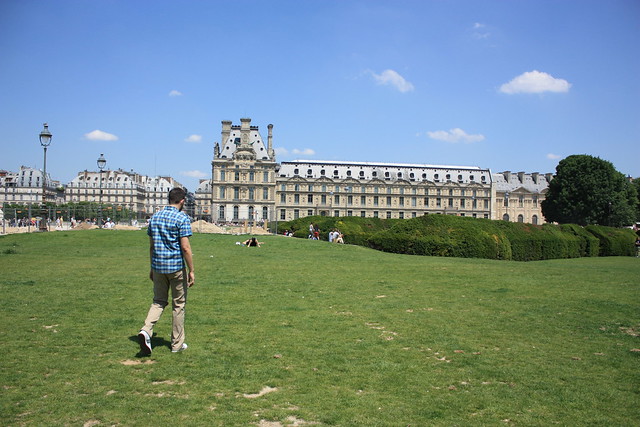
–
He shows me the beauty in things that I’d miss on my own. I squint and struggle, and try to see things the way he does. Some days, if I’m lucky, and he’s there to guide me, I can.
And on those days, the entire world is a work of art.


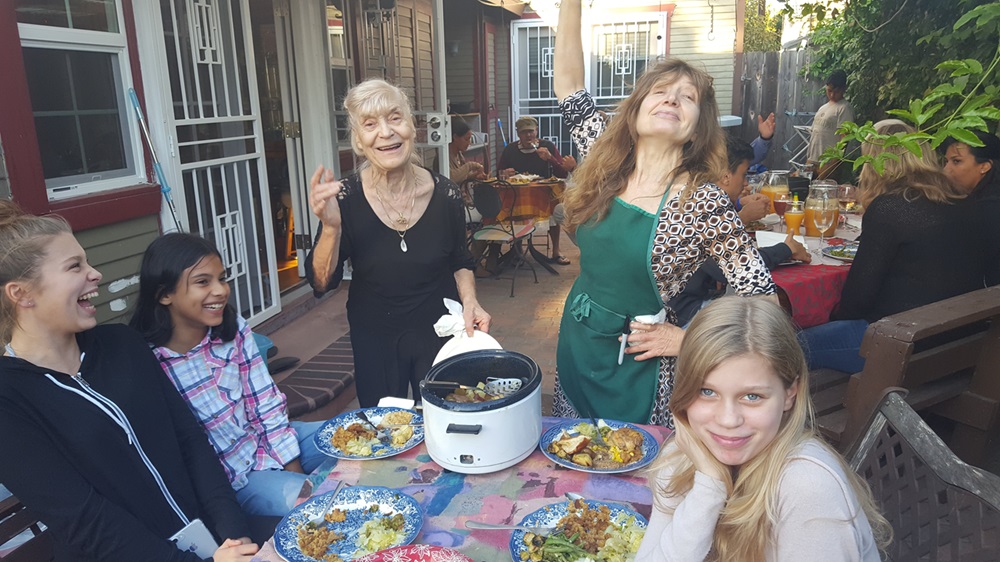







Leave a Comment